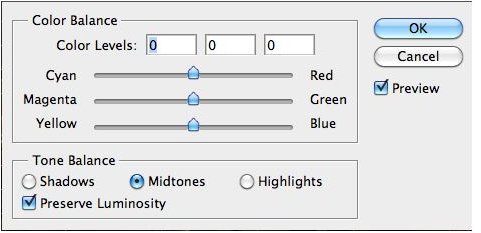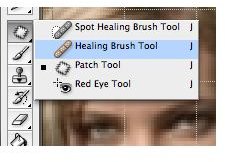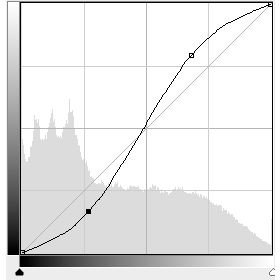Beauty Photo Retouching Tips & Techniques
The Magic of Photo Retouching
Want to bring out a model’s inner beauty? Photo retouching is the secret all the pros know - but with software like Adobe Photoshop or The Gimp, you too can access this powerful set of tools. Post-production is no substitute for good photography, of course: if you as a photographer haven’t captured the subject’s beauty, photo retouching can’t work miracles. However, if your model is well made-up, artfully lit and captured in a photo that brings out the best of their natural character, a bit of retouching can make a good photo great.
Contrast
We’ve all snapped a picture in what seemed like perfect lighting conditions, then taken a look at the image - only to find that direct sunlight or interfering back-lighting has washed out all the contrast. While we always want to light a shoot as well as possible - if a harsh straight-on flash has obscured your model’s beauty, photo retouching will have a hard time righting the error - there are tweaks that can be made after the fact. Start by opening your image editing software’s “Contrast” settings. You’ll be surprised by how many photos can be made to “pop” just by increasing the contrast a few notches while tweaking the brightness to make sure your subject remains well-lit.
For more advanced control, open the “Curves” section of your editing software. Create an S-shaped curve by dragging the dark areas further down and the light areas further up (as shown on the right). Play with the curve until your dark areas are satisfyingly defined while brighter areas like your model’s skin begin to “pop” out of the picture. Don’t overdo it, and trust your eye for what constitutes an appealing, well-contrasted picture.
Color
The human eye is a lot better at automatically filtering color than we give it credit for. Digital photography hardware and software pales in comparison to our natural ability to regulate color: the white-balancing mechanisms in your camera are so inexact that many photographers prefer to turn them off and do the work themselves.
But this means that it’s easy to bring a set of pictures home, only to discover that what looked perfect to your eye has shown up on-camera in cold, sickly halogen tones or washed-out sunlight. If your camera has white-balanced out the beauty, photo retouching can bring it back with your software’s color tools

A little tweaking goes a long way with color: increasing the Red or Yellow/Magenta levels only a small amount can really bring your model’s skin-tone out of the washed-out zone. Go too far and your subject will look like a boiled beet - so remember, less is more. Give flat-colored environments a golden glow by bumping up the Yellow, or push a cinematic coolness by tweaking the Blue and Green to create a cool Teal tone. It all depends on the condition of your original photo, and the tone you’re trying to convey.
Skintone
Photographers have been using “airbrushing” - subtle repainting tools - since long before the days of digital imagery. Your photo software just makes it easier to do. Smooth rough skin or imperfections with a gentle layer of the model’s skin-tone, taking care not to go too far or the model will start to look like a CG character.

The other powerful tool offered for beauty photo retouching by modern software is the “Clone” or “Healing Brush” tool. If close inspection reveals skin imperfections or marks on the model’s skin, judicious use of these tools can patch an area of smooth skin onto the affected area. There’s no shame in a photo that reveals your model in all their natural glory - but for stock or portfolio images, using these tools to smooth over spots or scars is a harmless cheat that every photographer’s used on occasion.
References
References
Photoshop 7 for Dummies; Barbara Obermeier & Deke McClelland; For Dummies, 2002
Professional Portrait Retouching for Photographers Using Photoshop; Scott Kelby; New Riders Press; 2011
Images
All images created by the author.
